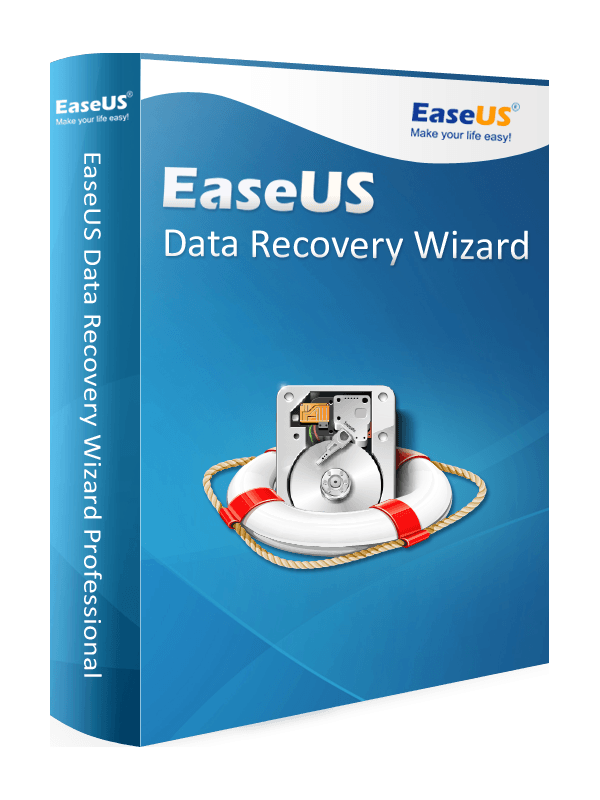Windows 10 is a Microsoft working framework for PCs, tablets, inserted gadgets and web of things gadgets. Microsoft delivered Windows 10 in July 2015 as a development to Windows 8. Windows 10 has an authority end of help date of October, 2025, with Windows 11 as it’s replacement.
Anybody embracing Windows 10 can update heritage machines straightforwardly from Windows 7 or Windows 8 to Windows 10 without reimaging or performing meddlesome and tedious framework wipes and overhaul systems. To update from a past form of Windows 10, IT or clients run the Windows 10 operating system installer, which moves any applications and programming on the past operating system, as well as settings and inclinations over to Windows 10.
Windows 10 elements worked in capacities that permit corporate IT divisions to utilize cell phone the executives (MDM) programming to get and control gadgets running the working framework. Also, associations can utilize conventional work area the executives programming like Microsoft Framework Center Setup Administrator.

Microsoft Windows 10 Pros And Cons:
Pros:
Interface Easy to Use:
Because of its user-friendly, intuitive interface, Windows 10 is suitable for users of all ability levels. With its enhanced Start menu, you can now quickly access files, settings, and apps that you use frequently.
Outdated Hardware and Software Compatibility:
As Windows 10 works with a variety of outdated hardware and applications, customers can keep using their current gadgets and apps without having to upgrade.
Frequent Security Enhancement and Additions:
To guarantee that customers have access to the newest and safest technology, Microsoft regularly delivers security updates and new features for Windows 10. The integrated antivirus tool, Windows Defender, delivers real-time defense against threats, and Windows Hello facilitates safe authentication when connecting into your device.
Microsoft Office Integration and Other Services:
Windows 10 integrates seamlessly with Microsoft Office, OneDrive, and other Microsoft services, allowing users to access and collaborate on documents, files, and other data from anywhere.
Snap Assist and Virtual Desktops:
Windows 10 offers the ability to create multiple virtual desktops, making it easy to separate work and personal tasks. Snap assist helps you arrange and manage open windows on your screen.
Cortana Personal Assistant:
Cortana, the virtual personal assistant, is built into Windows 10 and can help you complete tasks, answer questions, and manage your schedule.
Continuum mode for 2-in-1 gadgets:
Windows 10 gives a Continuum mode, which consequently changes the connection point for the best experience while involving a 2-in-1 gadget, like a PC with a separable screen.
DirectX 12 help for gaming:
Windows 10 has further developed help for DirectX 12, making it a phenomenal stage for gaming, with upgraded illustrations execution and decreased framework necessities.
Cons:
Mandatory Updates:
Windows 10 comes with mandatory updates that may occasionally cause your device to lag or become incompatible.
Concerns about privacy:
A number of customers are worried about how much personal information Windows 10 gathers and gives to Microsoft.
Cost:
Windows 10 can be pricey, particularly for those upgrading from a previous Windows version.
Bloatware:
A number of pre-installed programs and apps that some users do not require or desire can be found in Windows 10, consuming important disk space.
Compatibility problems:
Windows 10 works with a lot of outdated gear and software, although some users can have problems with certain apps or gadgets.
Microsoft Windows 10 key features:
Windows 10 is a versatile operating system with several key features:
- Start Menu:
The Start Menu makes a comeback, combining the traditional Start Menu with Live Tiles for a customizable and dynamic experience - Cortana:
Microsoft’s virtual assistant, Cortana, allows for voice commands, personalized assistance, and integration with various apps. - Microsoft Edge:
A new web browser designed to be faster and more efficient than Internet Explorer, with features like Cortana integration and a reading mode. - Virtual Desktops:
Users can create and manage multiple virtual desktops, helping with organization and multitasking. - Action Center:
A unified notification center that provides quick access to settings and notifications from apps and system updates. - Windows Store:
A centralized location to find and download apps, games, and other content, including universal apps that work across multiple devices. - Task View:
An overview of all open apps and virtual desktops, allowing users to switch between them seamlessly. - Snap Assist:
Improved window management with Snap Assist, making it easier to snap windows side by side for multitasking. - DirectX 12:
A graphics technology that enhances gaming performance and provides better graphics quality. - Security Features:
Windows 10 includes features like Windows Defender Antivirus, Windows Hello for biometric authentication, and BitLocker encryption for enhanced security. - Microsoft Office Integration:
Integration of Microsoft Office apps, such as Word, Excel, and PowerPoint, for a seamless productivity experience. - Continuum:
A feature designed for 2-in-1 devices, allowing for smooth transition between tablet and desktop modes.
Microsoft Windows 10 Download:
Certainly! Here’s a step-by-step procedure to download Microsoft Windows 10:
Visit the Official Website: Go to the official Microsoft website at
https://www.microsoft.com/en-us/software-download/windows10
Download Tool: Click on the “Download tool now” button on the website. This will download the Media Creation Tool to your computer.
Run the Tool: Locate the downloaded file (usually named “MediaCreationTool.exe”) and run it by double-clicking.
Accept Terms: Read and accept the license terms by clicking on the “Accept” button.
Choose Upgrade or Create Installation Media: The tool will ask if you want to upgrade your current system or create installation media for another PC. Choose the option that suits your needs.
- If you’re upgrading your current system, follow the on-screen instructions.
- If you’re creating installation media, select the appropriate option and click “Next.”
Select Language, Edition, and Architecture: Choose the language, edition, and architecture (32-bit or 64-bit) for the Windows 10 installation. Click “Next.”
Choose Media Type: Select either USB flash drive or ISO file, depending on whether you want to create a bootable USB or download an ISO file. Click “Next.”
Create Installation Media: If you chose the USB option, insert a USB flash drive into your computer and follow the on-screen instructions to create the bootable drive. If you selected ISO, the tool will download the ISO file.
Complete the Process: Once the tool has finished creating the installation media or downloading the ISO file, follow any additional on-screen instructions to complete the process.
Remember to back up your important data before proceeding with the installation. After the download, you can use the created USB or ISO file to install or upgrade to Windows 10.

Conclusion:
Microsoft Windows 10 is an operating system that is both modern and adaptable, made to meet the varied needs of users on a range of devices. It was released in 2015 and incorporates new features and enhancements while building on the qualities of its predecessors. The operating system combines components of Windows 7 and 8 into a user-friendly design with the Start Menu. It also comes with the Microsoft Edge web browser, which offers a quicker and safer online experience, and Cortana, a virtual assistant that provides voice-controlled help.
Windows 10 has a continuous delivery strategy, which means that security patches, feature upgrades, and performance boosts will be released on a regular basis. Users will always have access to the newest features and advancements because to our dedication to updates. With Windows 10’s emphasis on a unified app experience via the Universal Windows Platform (UWP), the goal is to enable a smooth transition between various devices. Even if different people have different experiences and viewpoints, Windows 10 is still a popular operating system that is always changing to keep up with the needs of the digital world. It is recommended that users upgrade their systems on a frequent basis to take advantage of the newest features and enhancements.






